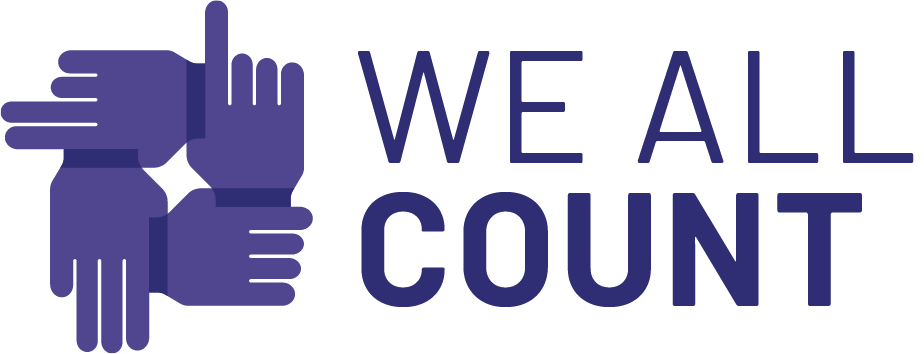
Algorithms Don’t Do Anything
The pandemic disruption created a problem for the UK education system: how to move students forward without being able to run their typical exams and tests. In response to this, testers designed an algorithm they would use to assign probable scores instead. It worked...

Choose Maps for Equity
A map isn’t just a map. The work of alternate cartographer Denis Wood often reminds me that maps are equal parts poetry and science. They can also be some of the most insidious and powerful tools of cultural oppression. Maps are a very special kind of data...

Reverse Engineering Data Viz for Equity
If you’re interested in equity in data then it’s not enough to simply design a data visualization based on 'best practices' and hope for the best. It’s important to go beyond hopeful good intentions and actually test whether or not your design is accidentally racist...

Introduction to the Funding Web
The first stage in the WAC Data Equity Framework is ‘Funding’. Understanding the interplay between money, data, and decision making is essential to measuring the equity balance in your data projects. We’ve found that it can feel very daunting to properly describe the...

Science Doesn’t Stop when the Art Starts
When you are communicating your Data Science findings, don’t ditch the scientific mindset you’ve had for all the other parts of your project. It’s not at all uncommon for We All Count to work with a project that has allocated tens of thousands of dollars toward...

Proxy Variables Part 2: Race
This is part 2 of our examination of Proxy Variables, take a look at our introduction to the subject here. So, is race a proxy variable? Should we use race as a proxy variable? In depends. Sometimes. In working we equity in quantitative...

Introduction to Proxy Variables
Proxy variables are stand-ins for data hidden underneath. If we don’t know what they represent we can make dangerous equity mistakes.

Framing Research Questions that Reflect Who is Expected to Change
We were involved in a project trying to understand the impact of a new school board program. The program was intended to reduce LGBTQ+ bullying and improve the inclusive climate within the schools. The boards wanted to know how much improvement we saw in LGBTQ+ ...

In Conversation with Catherine Harnois
I have a chance to talk with Catherine E. Harnois about her ground-breaking book: “Feminist Measures in Survey Research”. She shared what she’s been thinking since writing the book and some tips and tools to help embed equity in survey-based data products.

Keeping Data Inclusivity Without Diluting your Results
Let’s say you are surveying 100 people out of 10,000. You want to analyse the data from your sample of 100 to get answers about the likely behaviours and preferences of the overall 10,000 person population. Part of your project focuses on equity among sexual...
